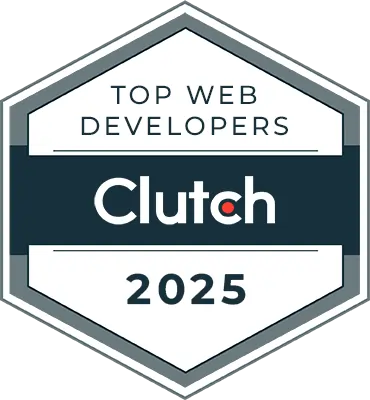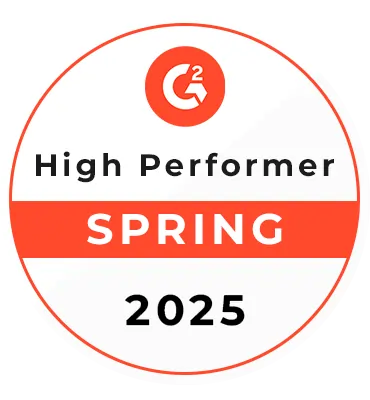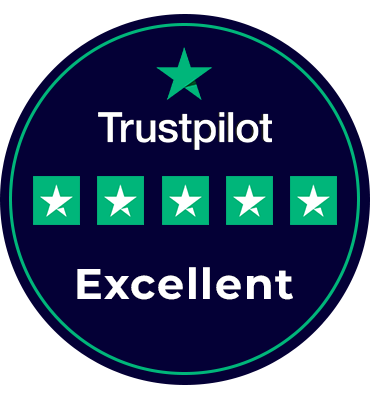Steps to Modernize Legacy Applications: A Framework-Based Guide
Manish Kumawat
Last Updated on: 09 July 2025
It's a dream of every investor or business owner to have a guide for their development or modernization projects, just like a map guide at each turn of a journey. You know what happens when you go ahead with incomplete knowledge of the modernization of a legacy application. Then, here is the best guide with steps to modernize legacy applications.
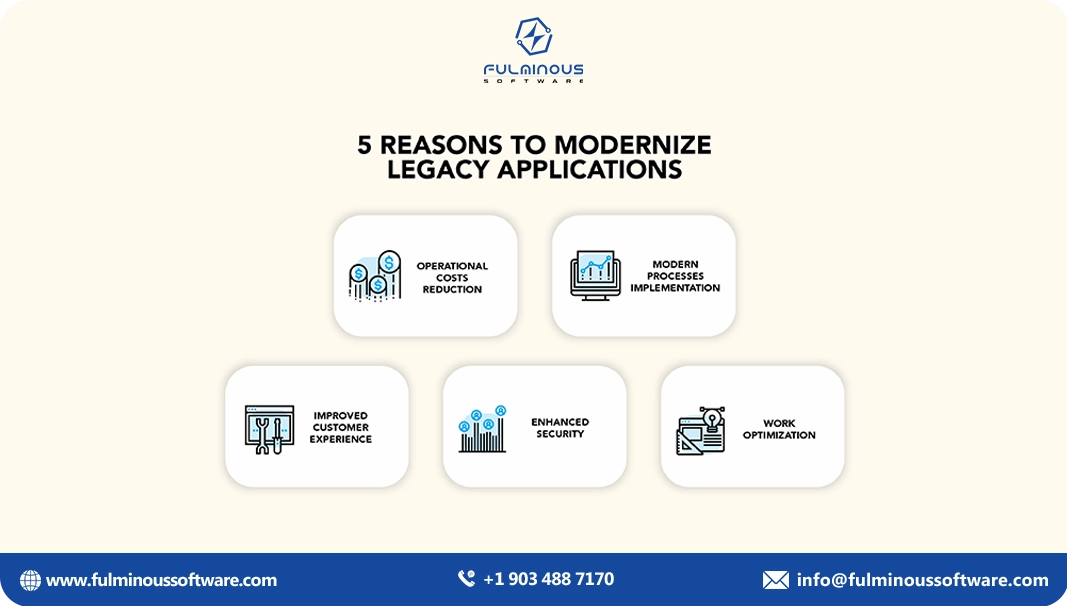
Table of Contents
The awareness of the need for legacy app modernization is growing, and the majority of businesses have already invested in legacy app modernization. But sometimes they got stuck halfway due to a lack of guidance. So you need a proper guide that gives a clear idea of every aspect of each step.
Here is the best guide that will help you in each step of legacy app modernization. Stay till the end and see how easily we have broken down each step.
Why You Need to Know the Steps of Legacy App Modernization
When you have a clear idea of the steps to modernize legacy application, you can have:
- Strategic Planning
- Accurate Budgeting
- Informed Decision-Making
- Risk Mitigation
- Smooth Integration
- Minimized Downtime
- Stakeholder Alignment
- Compliance & Security
- Higher ROI
- Future Readiness
The deep understanding of these benefits is the motivation behind this guide!
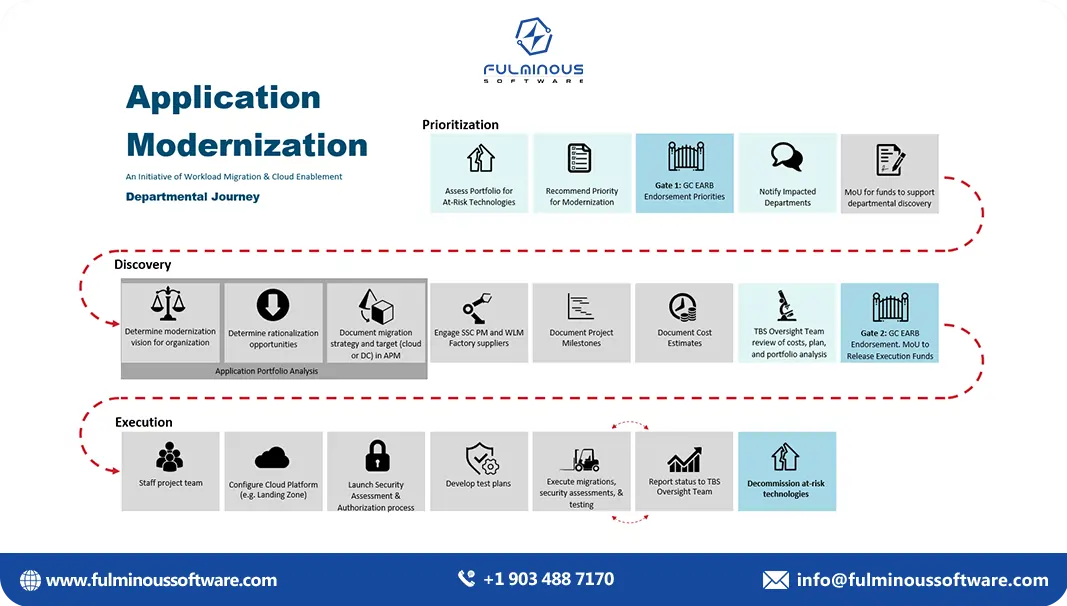
Why Care Is Crucial at Every Stage of Legacy Application Modernization?
First of all, it's relevant to know each stage of legacy app modernization and what happens in each stage. Then only you can deal with each stage carefully. Care is essential at every stage of legacy application modernization for several reasons.
- For example, think about what if you miss some essential details of a legacy app, like dependencies, outdated components, or business-critical functionalities in the assessment and evaluation phase.
- Can you imagine the consequences if you carefully deal with the stage of defining the vision and problems? It can have a big impact on your project.
- Think about how you can have a smooth modernization without a proper strategy and roadmap phase.
- Delays, confusion, and poor resource allocation are the result of handling the implementation planning phase carelessly.
- You can have early error detection and avoid business disruptions if you handle incremental modernization and testing properly.
- In the optimization and hardening phase, care is vital for improving system performance and security.
- Continuous improvement and agility require ongoing attention to keep the system always at top performance.
That's why you need to know each step to modernize legacy applications and have a smooth modernization process! This guide will be useful for that.
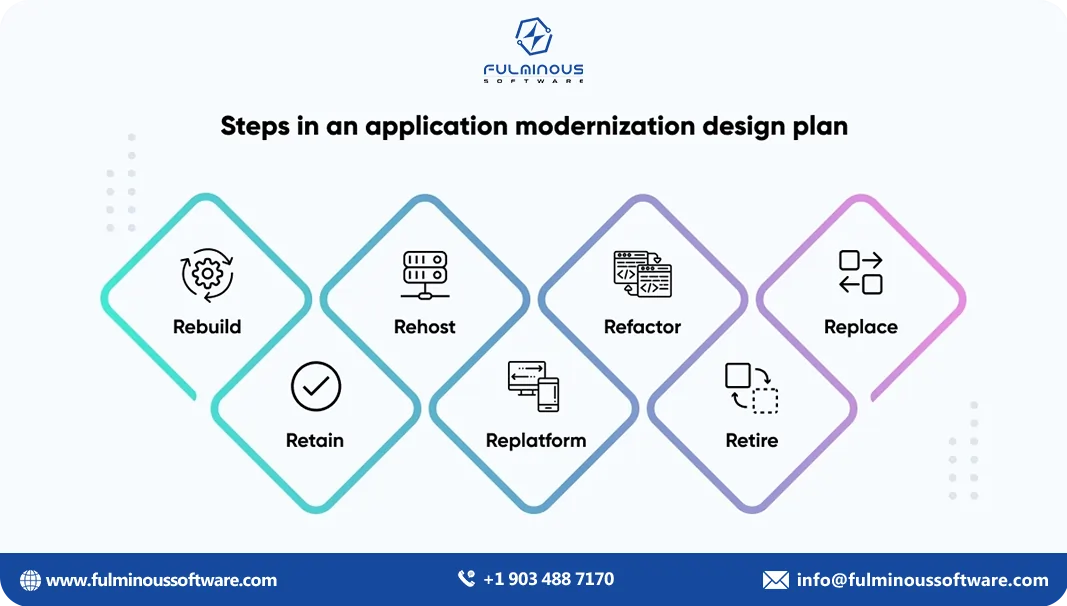
Phases & Steps to Modernize Legacy Applications
Then here comes the main section that discusses each step to modernize legacy application in detail.
Phase 1: Assessment & Evaluation
Just like any other development, migration, or modernization process, legacy application modernization also begins with consulting a leading legacy app modernization service provider. Then, with the help of their experts, you can assess and evaluate the current condition of your legacy application and see the pain points in detail.
Process:
- Consulting a legacy app modernization company
- Conduct a comprehensive audit of current systems
- Map system architecture, dependencies, data flows, and technology stacks
- Use evaluation frameworks (like Gartner’s Six Drivers) to measure business and technical needs
Elements:
- Technology audit
- Dependency mapping
- Business impact analysis
- Risk assessment
Estimated Cost:
$3,000 – $8,000 depending on app size and complexity.
Key Considerations:
- Don’t skip dependency mapping—it prevents future breakdowns
- Engage both technical and business stakeholders
- Include security and compliance gaps in the assessment
Phase 2: Define Vision & Problems
Once you have assessed your current stage, you will have clear data that you can use to define your vision and problems properly. Here, you fix the goals and decide how to deal with each problem that you face now.
Process:
- Align modernization goals with business strategy
- Identify pain points, technical debt, user challenges, and key bottlenecks
- Pinpoint areas for fast wins and innovation
Elements:
- Business objectives
- Problem definition
- Quick-win identification
- User feedback
Estimated Cost:
$3,000 – $9,000 (mostly internal stakeholder workshops and consultations).
Key Considerations:
- Avoid vague goals; define measurable outcomes
- Include both technical and non-technical users in the discussion
- Clearly define “what success looks like.”
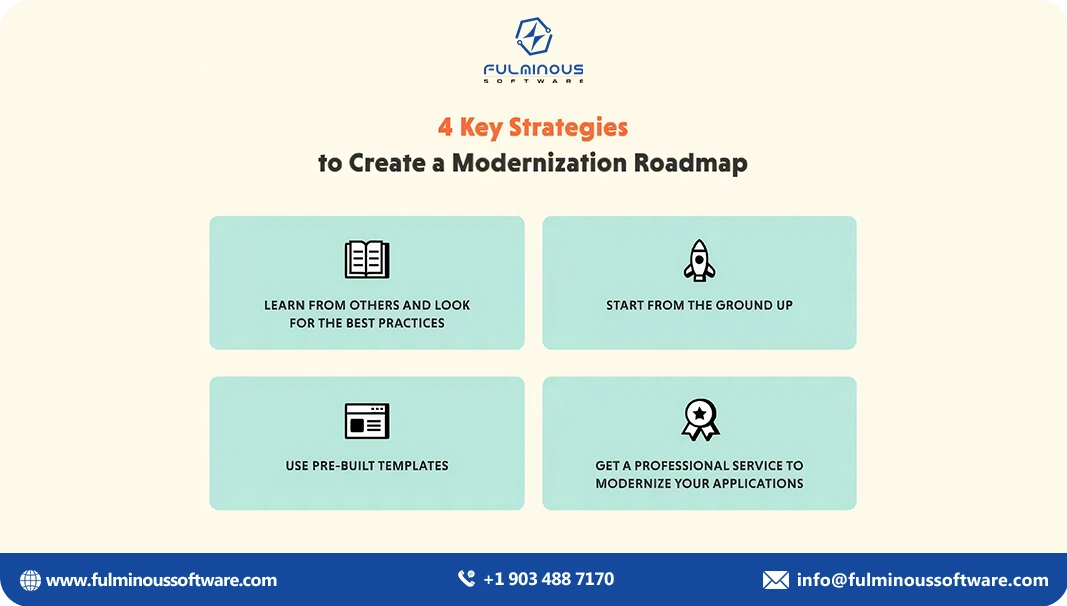
Phase 3: Strategy & Roadmap Development
With your goals and pain points identified, now it’s time to decide how to modernize. Your modernization partner will help you choose the best strategy from the 7 Rs (Retain, Rehost, Replatform, Refactor, Rearchitect, Rebuild, Replace) and develop a practical roadmap with timelines, costs, and implementation phases.
Process:
- Choose the right modernization approach using the 7 Rs (Retain, Rehost, Replatform, Refactor, Rearchitect, Rebuild, Replace)
- Create a timeline, risk matrix, and prioritization plan
Elements:
- Modernization approach per module
- Migration roadmap
- Risk prioritization matrix
- Timeline & phase planning
Estimated Cost:
$5,000 – $25,000 (consultation and planning fees).
Key Considerations:
- One size doesn’t fit all—use different strategies for different parts of the system
- Consider budget, downtime, and ROI
- Prioritize components with the highest business impact or risk
Phase 4: Implementation Planning
Once the strategy is finalized, planning execution is critical. Your modernization partner will break the process into sprints, assign tasks to the right teams, set KPIs, and prepare risk mitigation strategies. This ensures a smooth, phased implementation with clear responsibilities.
Process:
- Break down tasks into sprints or manageable modules
- Assign ownership, set deadlines, and define performance metrics
- Plan risk mitigation strategies
Elements:
- Sprint backlog
- Resource allocation
- KPI definitions (e.g., latency, adoption, uptime)
- Risk mitigation checklist
Estimated Cost:
$10,000 – $50,000 depending on team structure and scope.
Key Considerations:
- Involve QA, DevOps, and business units early
- Use realistic timelines—rushing increases failure risk
- Clearly document what success means per sprint
Phase 5: Incremental Modernization & Testing
Now, start modernizing step by step—beginning with high-priority or low-risk modules. Modernization experts will use automated CI/CD pipelines, testing tools, and user feedback loops to validate progress. This phase ensures functionality and user experience remain intact during the transition.
Process:
- Gradually modernize modules while maintaining core functionality using APIs or facades
- Use CI/CD pipelines and perform automated and manual testing
- Collect feedback from real users
Elements:
- Microservices/API layers
- CI/CD setup
- Automated test scripts
- UAT (User Acceptance Testing)
Estimated Cost:
$20,000 – $150,000+ depending on system size and automation complexity.
Key Considerations:
- Prioritize stable modules first
- Use feature toggles to minimize disruption
- Monitor regressions carefully after each release
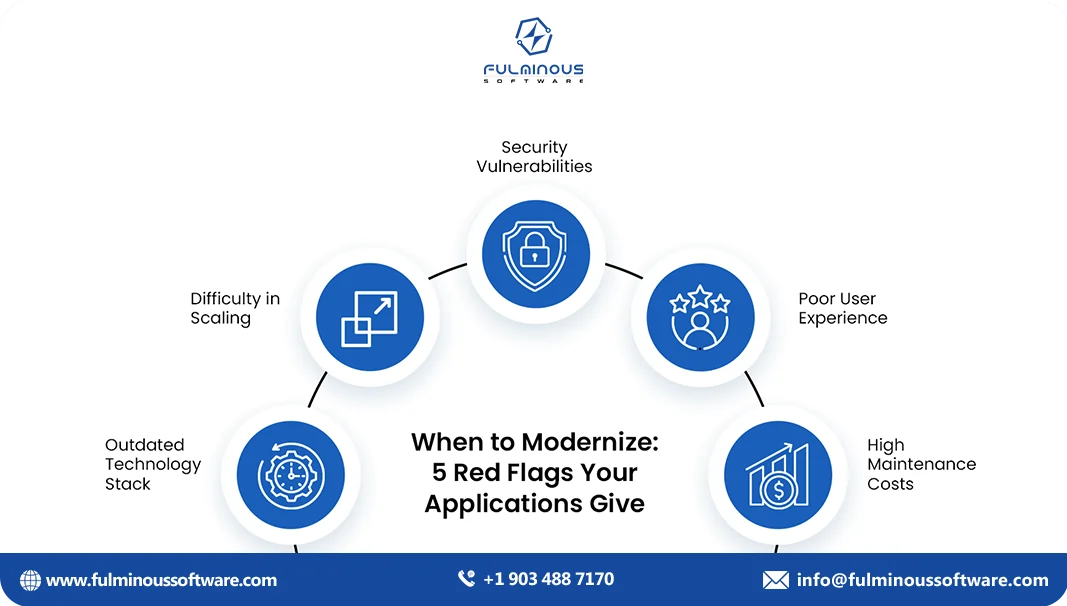
Phase 6: Optimization & Hardening
Once modernization is technically complete, the focus shifts to fine-tuning. The team will monitor performance, improve response times, validate compliance, and fix integration issues. They’ll ensure everything—from speed to security—is optimized for real-world usage.
Process:
- Fine-tune app performance under real user loads
- Validate compliance (HIPAA, GDPR, SOC2, etc.)
- Strengthen integration, fix edge-case bugs, and optimize UI/UX
Elements:
- Load testing reports
- Compliance audits
- UX enhancements
- Security patching
Estimated Cost:
$10,000 – $75,000+ (compliance audits and performance tools can be costly).
Key Considerations:
- Don’t overlook post-migration performance issues
- Schedule third-party security audits
- Document improvements and known limitations
Phase 7: Continuous Improvement & Agility
Modernization doesn’t end after deployment. In this phase, your provider will help set up agile workflows, monitoring tools, and DevOps practices. Continuous feedback, real-time metrics, and regular updates ensure your app stays future-proof and business-aligned.
Process:
- Set up agile workflows and DevOps pipelines for ongoing changes
- Use feedback loops from users and monitoring tools
- Continuously release features using sprints and progressive rollout
Elements:
- Agile team setup
- Feature flags
- Real-time monitoring dashboards
- Feedback channels
Estimated Cost:
Ongoing—15% to 25% of annual modernization budget.
Key Considerations:
- Don’t treat modernization as a one-time task
- Set performance benchmarks and track continuously
- Foster a culture of iterative improvement
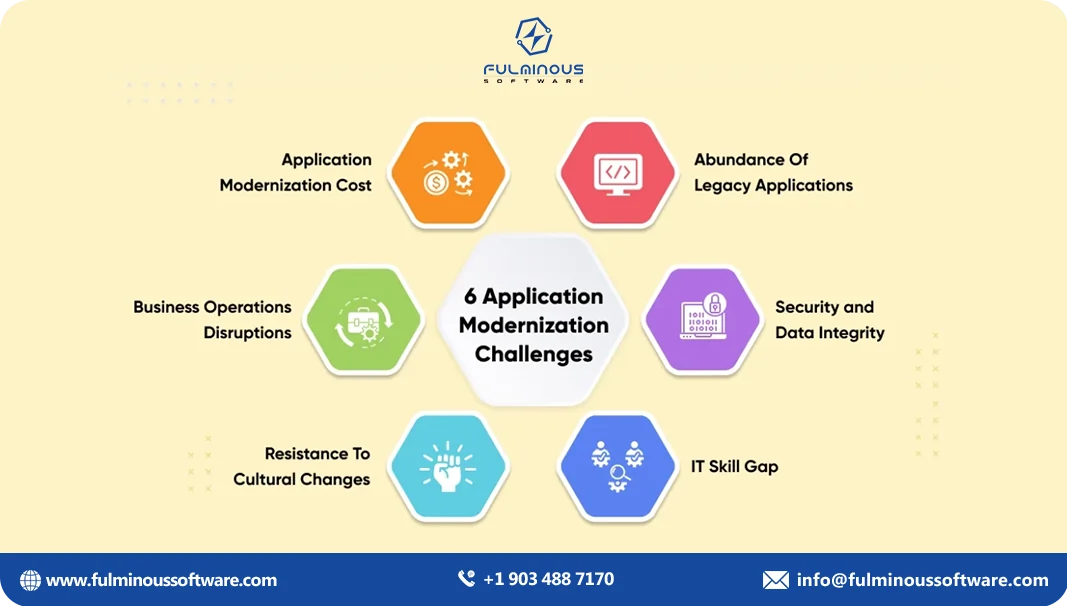
Modernize with Confidence—Choose Fulminous Software
At Fulminous Software, we specialize in application modernization services. With our long experience in modernizing legacy apps of various businesses, we know the steps to modernize legacy applications in detail, and even relevant elements that are not mentioned in this guide.
- We offer custom strategies for each legacy system’s architecture and business goals
- Our team uses proven frameworks like the 7 Rs
- We ensure minimal downtime and uninterrupted business operations
- We provide affordable services with no hidden charges
- Our DevOps and CI/CD experts deliver faster go-to-market cycles
- We offer continuous post-modernization support
Conclusion
With this deep understanding of the steps to modernize a legacy application, you can have a smooth transition to the new, modernized application. Fulminous Software, the leading legacy application modernization company, is ready to help you in each step to modernize your legacy application. Contact us now and have a smooth and affordable legacy app modernization. Comment feedback! Share the article!
FAQs
Q1. What is legacy application modernization?
It is the process of upgrading old software systems to use modern technologies and architectures.
Q2. Why should I modernize my legacy application?
To improve performance, reduce costs, enhance security, and support new business needs.
Q3. What are the first steps to modernize legacy applications?
Begin with an expert consultation and conduct a full assessment of your legacy system.
Q4. How long does the legacy application modernization framework process take?
It depends on app complexity—usually from a few weeks to several months.
Q5. What are the 7 Rs of modernization strategy?
Retain, Rehost, Replatform, Refactor, Rearchitect, Rebuild, and Replace.
Q6. How much does legacy app modernization cost?
Costs vary widely, starting from $10,000 to over $150,000 based on scope and size.
Q7. Can I modernize my app in stages?
Yes, incremental modernization helps reduce risk and ensures continuous functionality during the process.
HIRE A TOP SOFTWARE DEVELOPMENT COMPANY

 Verified
Expert in Software & Web App Engineering
Verified
Expert in Software & Web App Engineering
I am Manish Kumawat, co-founder of Fulminous Software, a top leading customized software design and development company with a global presence in the USA, Australia, UK, and Europe. Over the last 10+ years, I am designing and developing web applications, e-commerce online stores, and software solutions custom tailored according to business industries needs. Being an experienced entrepreneur and research professional my main vision is to enlighten business owners, and worldwide audiences to provide in-depth IT sector knowledge with latest IT trends to grow businesses online.
Partner with Top-Notch Web Application Development Company!
Discuss your Custom Application Requirements on info@fulminoussoftware.com or call us on +1-903 488 7170.
15 Days Risk-Free Trial